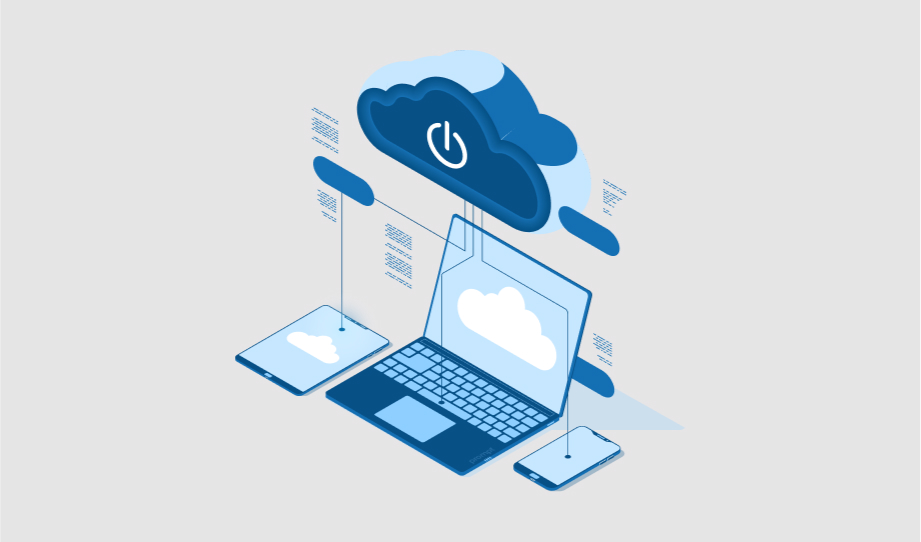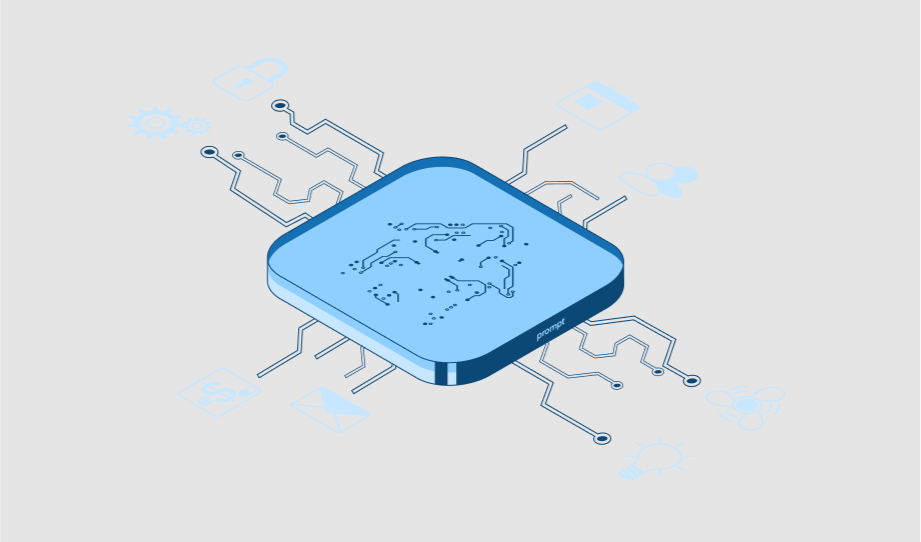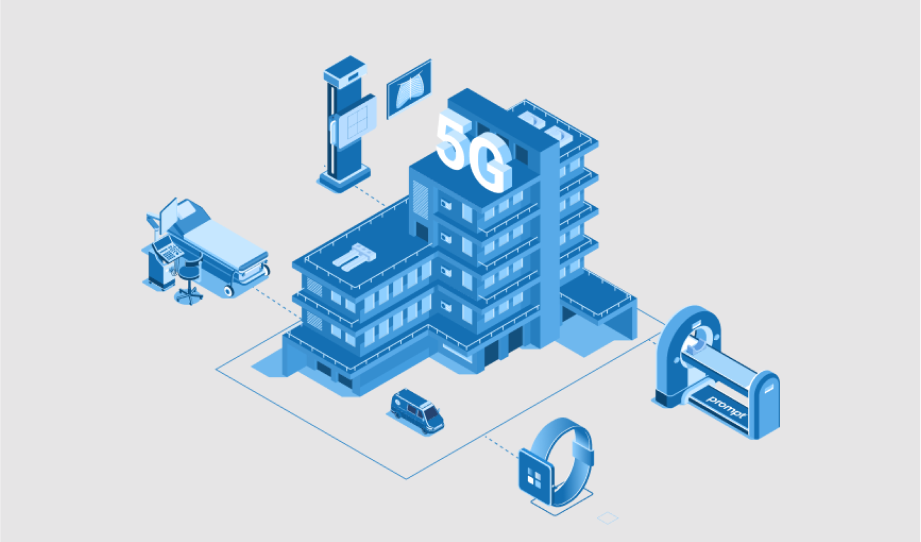IoT Digital Transformation is on the Way to Change the Business Outlook
The Internet of Things, also known as IoT, is the interconnectivity of physical devices, vehicles, people,…
Why do We Need Enterprise IoT Solutions for Digital Transformation?
We all are well aware of the changes brought by digital transformation, or we can say…
How will 5G Revolutionize the Healthcare Industry?
Today, we are advancing in terms of technologies, but using these latest technologies to their best,…






